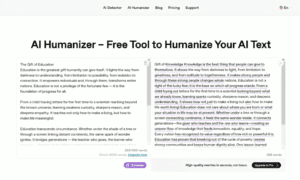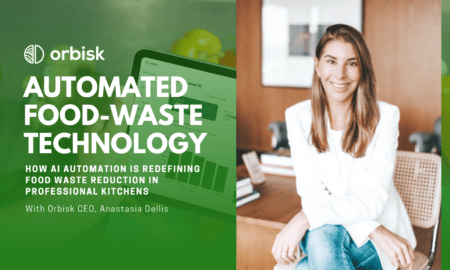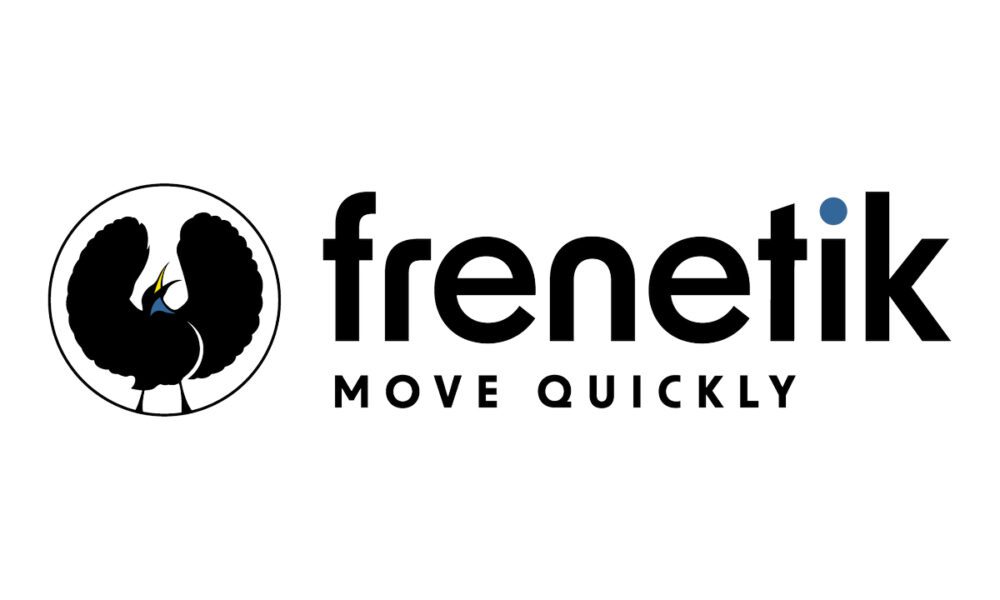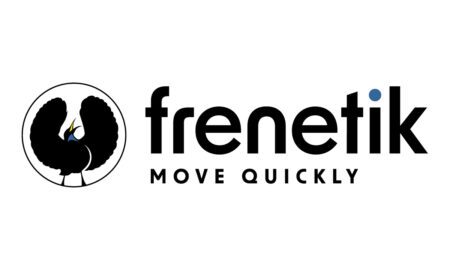Healthcare’s future is no longer being shaped in isolation. With chronic disease rates rising and long-term care costs putting pressure on systems, public institutions and private innovators are finding common ground in the shared goal of reducing risk. At the center of this collaboration are digital health platforms, tools that combine real-time insights, behavioral science and scalable design, to improve outcomes for diverse populations. Joe Kiani, Masimo and Willow Laboratories founder, is among the leaders driving this change, developing technologies that support both individual users and the broader health system.
This shift represents more than just technological advancement. It marks a new way of collaborating, where hospitals, public health agencies, employers and developers join forces to deliver care that is consistent and adaptable. Efforts to reduce chronic disease risk, once scattered across departments and sectors, are now becoming a shared responsibility. Digital platforms act as a bridge, providing continuous support across different settings.
Shared Goals, Different Strengths
Public health agencies and private tech developers have often operated on parallel paths. Agencies focused on population-level interventions, while developers built consumer-facing tools. Today’s challenges call for a more integrated approach. Rising rates of Type 2 diabetes, obesity and heart disease require programs that can reach millions, yet still adapt to individual routines.
Nutu™ is an example of how this kind of integration works in practice. Designed to offer personalized, science-backed suggestions, this tool helps individuals respond to daily fluctuations in behavior, stress and environment. Whether it’s a prompt to move more, hydrate or adjust meal timing, these insights provide low-effort, high-impact support.
Joe Kiani, Masimo founder, explains, “Our goal with Nutu is to put the power of health back into people’s hands by offering real-time, science-backed insights that make change not just possible, but achievable.” That mindset reflects a growing shift toward empowering users, while aligning with public health efforts, to reduce long-term risk.
Community Impact at Scale
Public institutions often wrestle with two ongoing challenges: limited reach and inconsistent engagement. Providing support across large, diverse populations is difficult, especially when in-person resources are stretched thin. Digital health platforms offer a scalable solution, bringing the work of clinicians, coaches and educators directly into people’s daily lives.
Consider a city-run program to reduce the risk of diabetes. Instead of relying solely on group classes or printed materials, officials could integrate a mobile tool that provides real-time feedback, progress tracking and educational content. This approach offers continuity, without demanding more infrastructure, while also giving users greater autonomy over their health. These platforms don’t replace public health services, but they extend them. When thoughtfully deployed, they help local agencies provide meaningful, consistent engagement, especially in areas with limited access to care.
Insight That Fuels Smarter Strategy
Collaboration goes beyond the user interface. One of the biggest strengths of digital tools is their ability to produce real-time data that is aggregated, anonymized and actionable. When shared responsibly with health authorities, these insights can uncover behavioral trends that guide policy decisions and resource planning.
For example, if sleep disruptions or nutrition gaps consistently appear in one region, officials can target their messaging or services accordingly. That level of specificity has been difficult to achieve using traditional population health metrics. Platforms like Nutu help bridge that gap by turning everyday behavior into strategic insight, without adding a burden to users or administrators.
A Win for Employers and Payers
The collaboration model also extends into the private sector. Employers and insurance providers are increasingly invested in reducing the risk, not only to reduce claims but to support employee well-being and retention. Digital tools that blend user-friendly design with measurable outcomes are becoming essential parts of corporate health strategies.
For organizations, these tools offer visibility into employee engagement, without compromising privacy. They provide value by encouraging healthy habits in real time, and by reducing dependence on reactive care. For employees, the appeal is simplicity, support that arrives when it’s needed, in a way that fits seamlessly into their day. As more companies adopt integrated health platforms, collaboration between developers and business leaders is becoming more common, and essential.
Designed for Equity and Flexibility
Traditional care models often fail to account for the complexity of people’s lives. Work schedules, food access, cultural norms and caregiving duties all affect how people engage with their health. The best digital tools don’t ignore these realities, but they adapt to them.
Collaboration-focused platforms are built to be inclusive. They provide multiple language options, adjustable pacing and culturally neutral visuals. Recommendations are grounded in context, not in an idealized setting. This flexibility helps users stay engaged when life gets complicated and boosts the chances that long-term behavior changes will stick. Public health programs gain as well, seeing fewer drop-offs and a stronger return on outreach efforts, particularly in underserved communities.
Building Trust Across Sectors
One of the biggest challenges in public-private partnerships is trust. Communities may feel skeptical of digital tools that appear transactional or overly complex, and developers may hesitate to engage with public entities due to bureaucracy or scale concerns. But when partnerships focus on accessibility, transparency and shared outcomes, trust grows.
Joe Kiani’s approach illustrates this balance. His platform isn’t meant to overhaul lives. It’s designed to quietly reinforce better choices through consistent, personalized guidance. That subtlety makes it easier for users to adopt, and for institutions to integrate. When public and private stakeholders align on goals like reducing chronic disease, improving access or supporting behavioral change, technology becomes a shared tool, rather than a separate system.
A Roadmap for What’s Next
Digital health platforms are more than convenient than digital apps. They are infrastructure built to help people, programs and professionals move in sync. Their ability to connect sectors and scale support, without overwhelming systems, makes them a natural fit for modern public health strategy. As partnerships deepen, the focus can shift from isolated pilots to long-term integration. That means designing with both the user and the system in mind, building for real life, not ideal scenarios.
Collaboration doesn’t mean compromise. It means designing tools that reflect shared goals. Healthier communities, reduced costs and more informed decision-making. Platforms that operate with this in mind are not just supporting individuals. They’re helping rewire how the public and private sectors work together to keep people well.





























